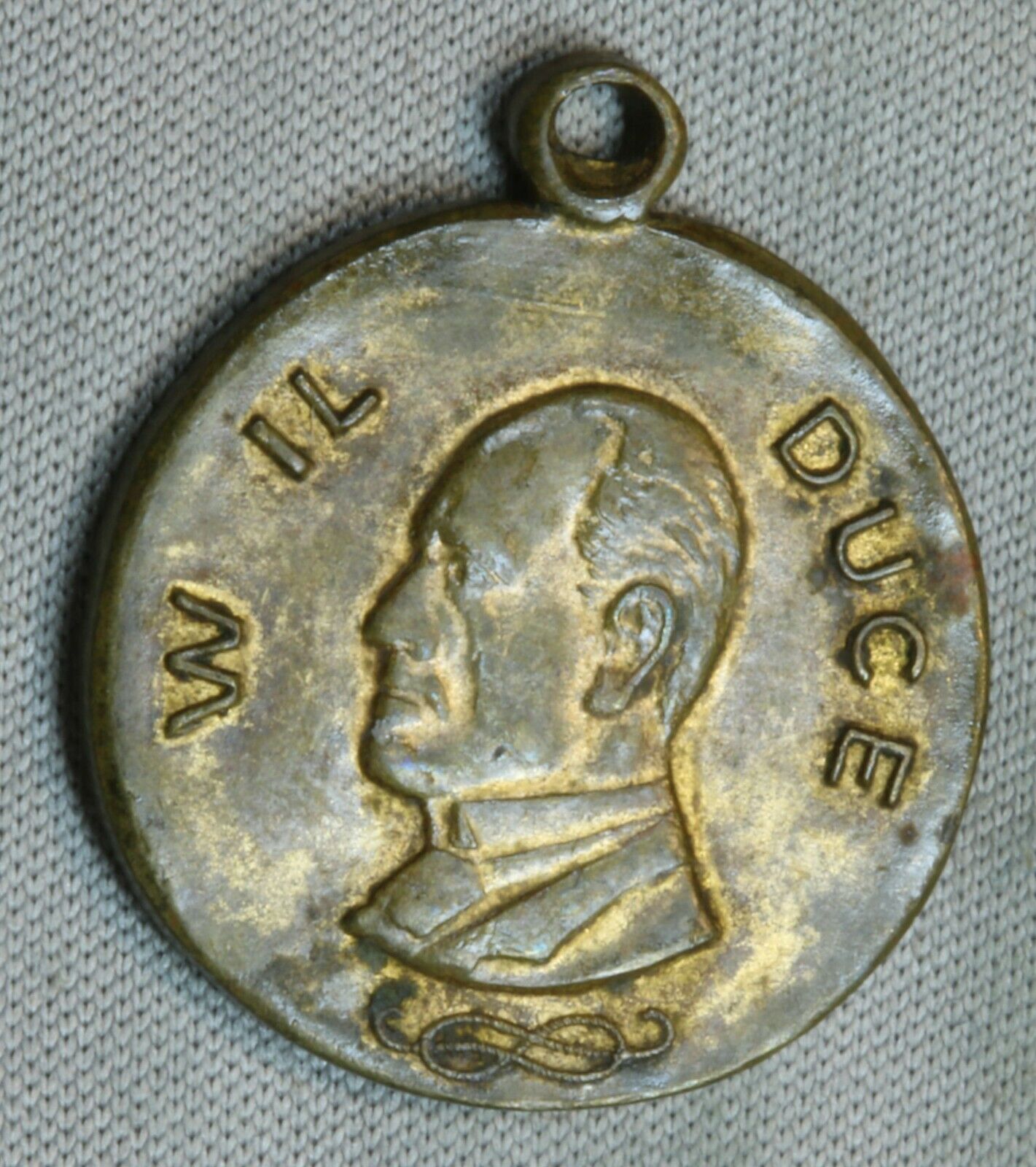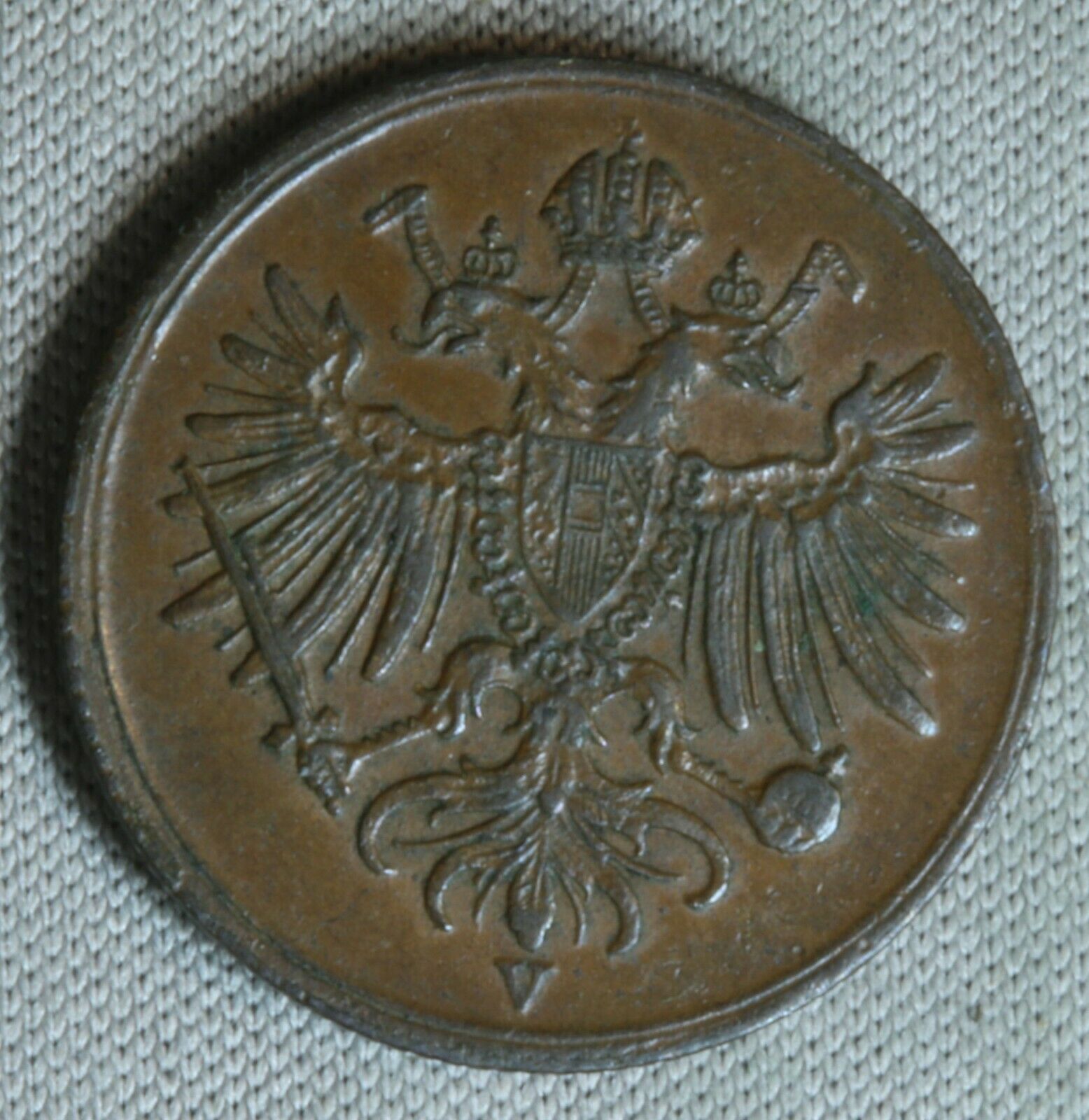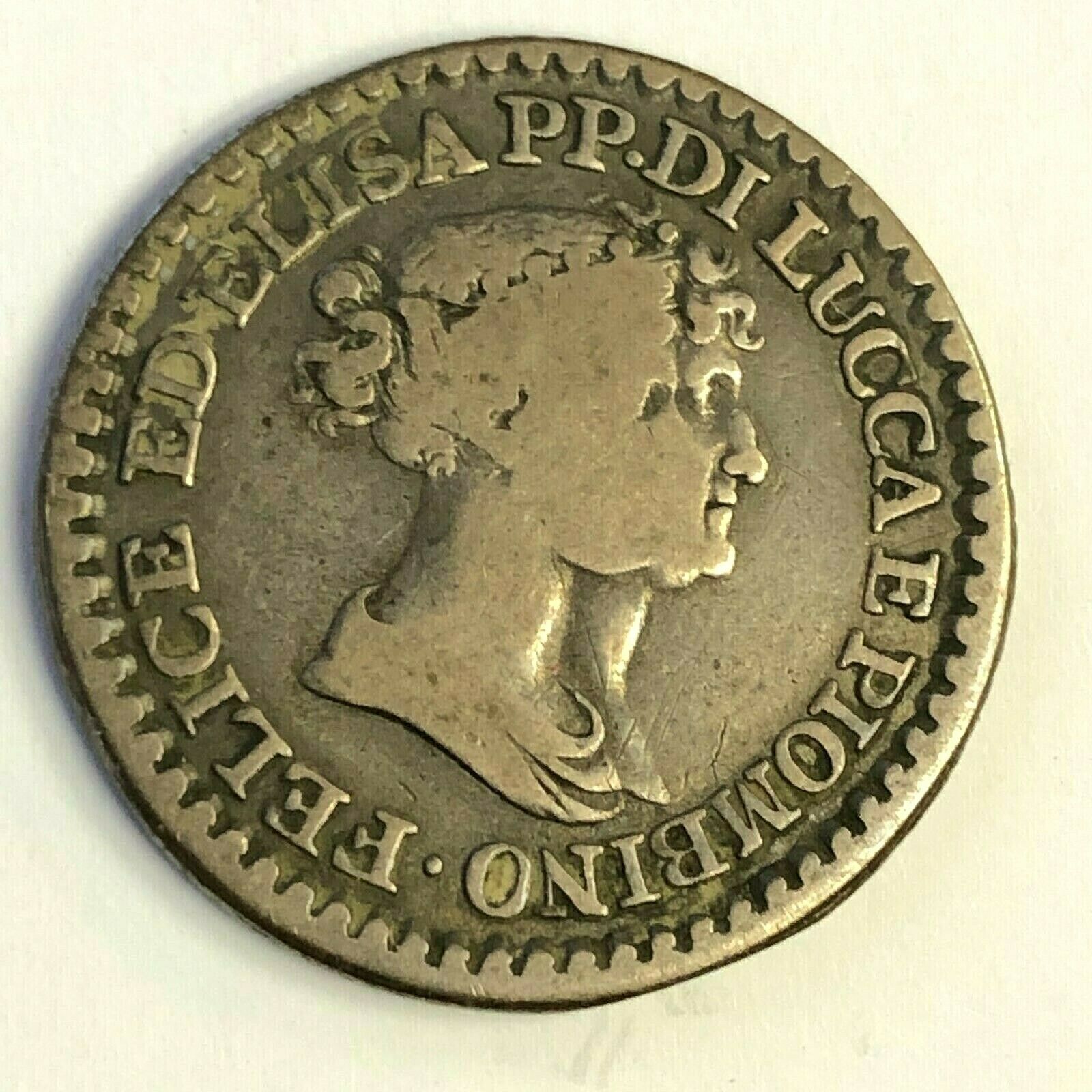-40%
1800-1801 ITALY Italian States PIEDMONT Sub Alpine Rare Silver 5 Fr Coin i87471
$ 949.68
- Description
- Size Guide
Description
Item:i87471
Authentic Coin of:
Italy
- Italian States - Sub Alpine Republic of Piedmont
Princess Violante Doria Lomellini (1665-1668)
1800 - 1801
Silver 5 Francs 37mm (24.77 grams) 0.900 Silver
Reference: C# 4 | Engraver: Amedeo Lavy
GAULE SUBALPINE LAVY, Athena and Liberty behind her, standing facing each other, Phrygian hat on spear.
* LIBERTÉ EGALITÉ * 5. FRANCS L’AN 9• ♥ ERIDANIA, Wreath.
You are bidding on the exact item pictured, provided with a Certificate of Authenticity and Lifetime Guarantee of Authenticity.
Piedmont
is a region in northwest Italy, one of the 20 regions of the country. It borders the Liguria region to the south, the Lombardy and Emilia-Romagna regions to the east and the Aosta Valley region to the northwest; it also borders Switzerland to the northeast and France to the west. It has an area of 25,402 km
2
(9,808 sq mi) making it the second largest region of Italy after Sicily and a population of 4,322,805 as of 30 June 2020. The capital of Piedmont is Turin.
The name Piedmont comes from medieval Latin Pedemontium or Pedemontis, i.e.,
ad pedem montium
, meaning "at the foot of the mountains" (the Alps), attested in documents from the end of the 12th century.
Geography
Piedmont is surrounded on three sides by the Alps, including Monviso, where the Po rises, and Monte Rosa. It borders with France (Auvergne-Rhône-Alpes and Provence-Alpes-Côte d'Azur), Switzerland (Ticino and Valais) and the Italian regions of Lombardy, Liguria, Aosta Valley and for a very small part with Emilia Romagna. The geography of Piedmont is 43.3% mountainous, along with extensive areas of hills (30.3%) and plains (26.4%).
Piedmont is the second largest of Italy's 20 regions, after Sicily. It is broadly coincident with the upper part of the drainage basin of the river Po, which rises from the slopes of Monviso in the west of the region and is Italy's largest river. The Po drains the semicircle formed by the Alps and Apennines, which surround the region on three sides.
From the highest peaks, the land slopes down to hilly areas, (sometimes with a brusque transition from mountain to plain) and then to the Padan Plain. The boundary between the two is characterised by resurgent springs-typical of the Padan Plain-which supply fresh water to the rivers and a dense network of irrigation canals.
The countryside is very diverse: from the rugged peaks of the massifs of Monte Rosa and Gran Paradiso to the damp rice paddies of Vercelli and Novara, from the gentle hillsides of the Langhe, Roero and Montferrat to the plains. 7.6% of the entire territory is considered protected area. There are 56 different national or regional parks; one of the most famous is the Gran Paradiso National Park, between Piedmont and the Aosta Valley.
History
Piedmont was inhabited in early historic times by Celtic-Ligurian tribes such as the Taurini and the Salassi. They were later subdued by the Romans (c. 220 BC), who founded several colonies there including
Augusta Taurinorum
(Turin) and
Eporedia
(Ivrea). After the fall of the Western Roman Empire, the region was successively invaded by the Burgundians, the Ostrogoths (5th century), East Romans, Lombards (6th century), and Franks (773).
In the 9th-10th centuries there were further incursions by the Magyars, Saracens and Muslim Moors. At the time Piedmont, as part of the Kingdom of Italy within the Holy Roman Empire, was subdivided into several marches and counties.
In 1046, Oddo of Savoy added Piedmont to the County of Savoy, with a capital at Chambéry (now in France). Other areas remained independent, such as the powerful
comuni
(municipalities) of Asti and Alessandria and the marquisates of Saluzzo and Montferrat. The County of Savoy became the Duchy of Savoy in 1416, and Duke Emanuele Filiberto moved the seat to Turin in 1563. In 1720, the Duke of Savoy became King of Sardinia, founding what evolved into the Kingdom of Sardinia and increasing Turin's importance as a European capital.
The Republic of Alba was created in 1796 as a French client republic in Piedmont. A new client republic, the Piedmontese Republic, existed between 1798 and 1799 before it was reoccupied by Austrian and Russian troops. In June 1800 a third client republic, the Subalpine Republic, was established in Piedmont. It fell under full French control in 1801 and it was annexed by France in September 1802. In the Congress of Vienna, the Kingdom of Sardinia was restored, and furthermore received the Republic of Genoa to strengthen it as a barrier against France.
Piedmont was a springboard for Italian unification in 1859-1861, following earlier unsuccessful wars against the Austrian Empire in 1820-1821 and 1848-1849. This process is sometimes referred to as
Piedmontisation
. However, the efforts were later countered by the efforts of rural farmers.
The House of Savoy became Kings of Italy, and Turin briefly became the capital of Italy. However, when the Italian capital was moved to Florence, and then to Rome, the administrative and institutional importance of Piedmont was reduced. The only recognition of Piedmont's historical role was that the crown prince of Italy was known as the Prince of Piedmont. After Italian unification, Piedmont was one of the most important regions in the first Italian industrialization.
Italy
, officially the
Italian Republic
(Italian:
Repubblica Italiana
), is a unitary parliamentary republic in Europe. Italy covers an area of 301,338 km
2
(116,347 sq mi) and has a largely temperate climate; due to its shape, it is often referred to in Italy as
lo Stivale
(the Boot). With 61 million inhabitants, it is the 4th most populous EU member state. Located in the heart of the Mediterranean Sea, Italy shares open land borders with France, Switzerland, Austria, Slovenia, San Marino and Vatican City.
Since ancient times, Greek, Etruscan, Celtic, and other cultures have thrived on the Italian Peninsula. Rome ultimately emerged as the dominant power, conquering much of the ancient world and becoming the leading cultural, political, and religious centre of Western civilisation. During the Dark Ages, the region suffered sociopolitical collapse amid calamitous barbarian invasions, but by the 11th century, numerous Italian city-states rose to great prosperity through shipping, commerce and banking, and even laid the groundwork for capitalism. The Renaissance led to a flourishing of Italian culture, producing famous scholars, artists, and polymaths such as Leonardo da Vinci, Galileo, Michelangelo and Machiavelli. Italian explorers such as Marco Polo, Christopher Columbus, Amerigo Vespucci, and Giovanni da Verrazzano discovered new routes to the Far East and the New World, helping to usher in the European Age of Discovery. Nevertheless, Italy remained politically fragmented and fell prey to European powers such as France, Spain, and later Austria, subsequently entering a long period of decline that lasted until the mid-19th century.
After various unsuccessful attempts, the second and the third wars for Italian independence resulted in the eventual unification of most of present-day Italy by 1866. From the late 19th century to the early 20th century, the new Kingdom of Italy rapidly industrialised and acquired a colonial empire, becoming a great power. However, southern and rural areas of the country remained largely excluded from industrialisation, fuelling a large and influential diaspora. Despite being one of the main victors in World War I, Italy entered a period of economic crisis and social turmoil, leading the way to the rise of a Fascist dictatorship in 1922. The subsequent participation in World War II on the Axis side ended in military defeat, economic destruction and civil war. In the years that followed, Italy abolished the monarchy, reinstated democracy, and enjoyed a prolonged economic boom, thus becoming one of the world's most developed nations.
Italy has the third largest economy in the Eurozone and the eighth largest economy in the world. It has a very high level of human development and enjoys the highest life expectancy in the EU. Italy plays a prominent role in global military, cultural and diplomatic affairs and is also considered to be a major regional power in Europe. Italy is a founding and leading member of the European Union and the member of numerous international institutions, including the UN, NATO, the OECD, the OSCE, the WTO, the G7/G8, G20, the Union for the Mediterranean, the Council of Europe, Uniting for Consensus, and many more. As a reflection of its vast cultural wealth, Italy is home to 51 World Heritage Sites, the most in the world, and is one of the most visited countries.
Frequently Asked Questions
Mr. Ilya Zlobin
, world-renowned expert numismatist, enthusiast, author and dealer in authentic ancient Greek, ancient Roman, ancient Byzantine, world coins & more.
Who am I dealing with?
You are dealing with Ilya Zlobin, ancient coin expert, enthusiast, author and dealer with an online store having a selection of over 15,000 items with great positive feedback from verified buyers and over 10 years experience dealing with over 57,000 ancient and world coins and artifacts. Ilya Zlobin is an independent individual who has a passion for coin collecting, research and understanding the importance of the historical context and significance all coins and objects represent. Most others are only concerned with selling you, Ilya Zlobin is most interested in educating you on the subject, and providing the largest selection, most professional presentation and service for the best long-term value for collectors worldwide creating returning patrons sharing in the passion of ancient and world coin collecting for a lifetime.
How long until my order is shipped?
Orders are shipped by the next business day (after receipt of payment) most of the time.
How will I know when the order was shipped?
After your order has shipped, you will be left positive feedback, and that date could be used as a basis of estimating an arrival date. Any tracking number would be found under your 'Purchase history' tab.
USPS First Class mail takes about 3-5 business days to arrive in the U.S. International shipping times cannot be estimated as they vary from country to country.
Standard international mail to many countries
does not
include a tracking number, and can also be slow sometimes.
For a tracking number and signature confirmation, you may want to do Express Mail International Shipping, which costs more, however, is the fastest and most secure. Additionally you may be able to receive your order in as little as 3-5 business days using this method. For Express Mail International, it may be possible to place up to 10-15 items in one package (for the one shipping cost) as it is flat rate envelope, which may be the most cost-effective, secure and fastest way to receive items internationally. Send me a message about this and I can update your invoice should you want this method.
Getting your order to you, quickly and securely is a top priority and is taken seriously here.
Great care is taken in packaging and mailing every item securely and quickly.
Please be aware, I cannot take responsibility for any postal service delivery delays, especially for international packages as it may happen in rare instances.
What is a certificate of authenticity and what guarantees do you give that the item is authentic?
Each of the items sold here, is provided with a Certificate of Authenticity, and a Lifetime Guarantee of Authenticity, issued by a world-renowned numismatic and antique expert that has identified over 57,000 ancient coins and has provided them with the same guarantee. You will be very happy with what you get with the COA; a professional presentation of the coin, with all of the relevant information and a picture of the coin you saw in the listing. Additionally, the coin is inside it's own protective coin flip (holder), with a 2x2 inch description of the coin matching the individual number on the COA.
On the free-market such a presentation alone, can be considered a - value all in itself, and it comes standard with your purchases from me,
FREE.
With every purchase, you are leveraging my many years of experience to get a more complete context and understanding of the piece of history you are getting. Whether your goal is to collect or give the item as a gift, coins presented like this could be more prized and valued higher than items that were not given such care and attention to.
Buy a coin today and own a piece of history, guaranteed.
Is there a money back guarantee?
I offer a 30 day unconditional money back guarantee. I stand behind my coins and would be willing to exchange your order for either store credit towards other coins, or refund, minus shipping expenses, within 30 days from the receipt of your order. My goal is to have the returning customers for a lifetime, and I am so sure in my coins, their authenticity, numismatic value and beauty, I can offer such a guarantee.
When should I leave feedback?
Once you receive your order, please leave a positive feedback. Please don't leave any negative feedbacks, as it happens sometimes that people rush to leave feedback before letting sufficient time for their order to arrive. Also, if you sent an email, make sure to check for my reply in your messages before claiming that you didn't receive a response. The matter of fact is that any issues can be resolved, as reputation is most important to me. My goal is to provide superior products and quality of service.
How and where do I learn more about collecting ancient coins?
Visit the "
Guide on How to Use My Store
" for on an overview about using my store, with additional information and links to all other parts of my store which may include educational information on topics you are looking for.











